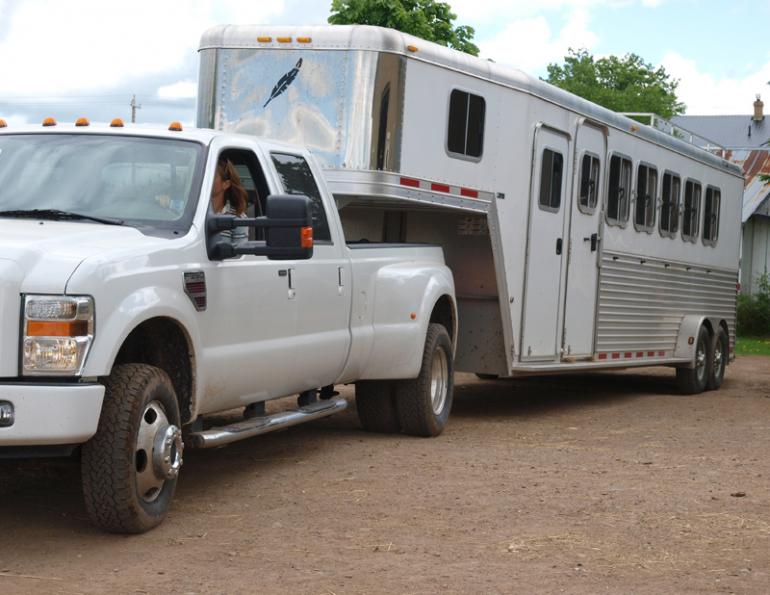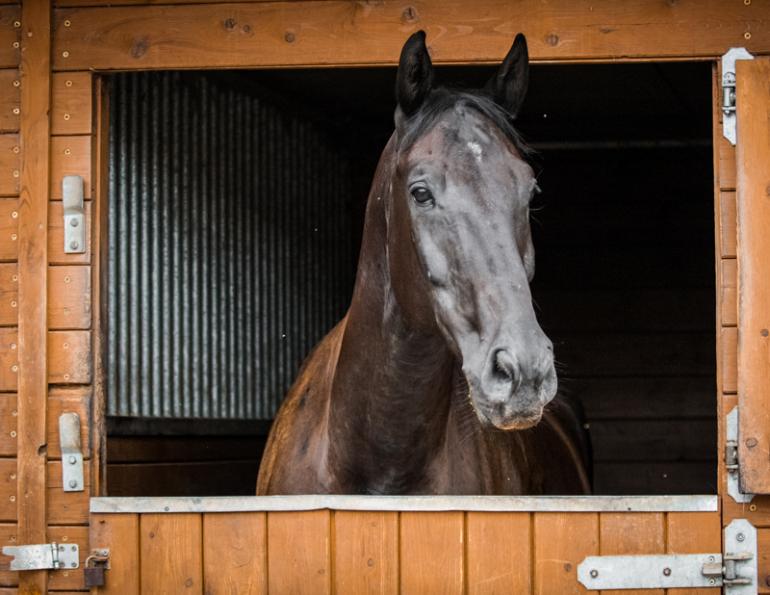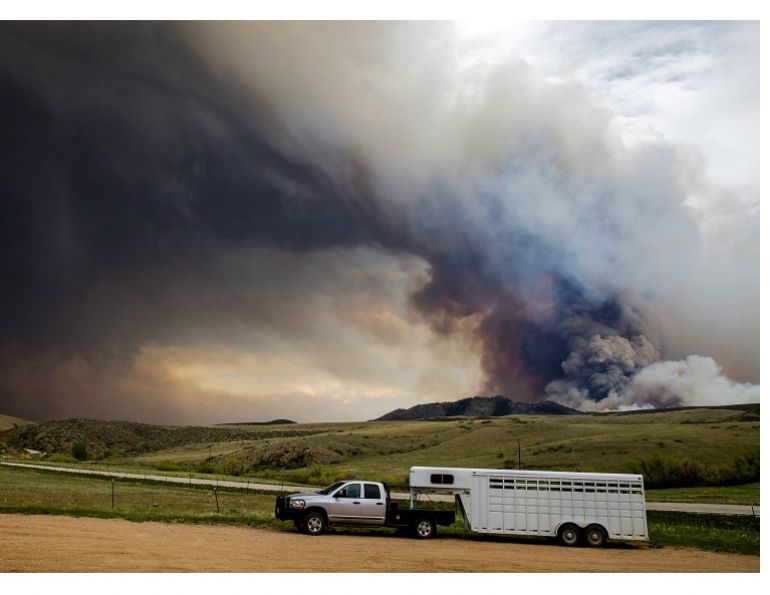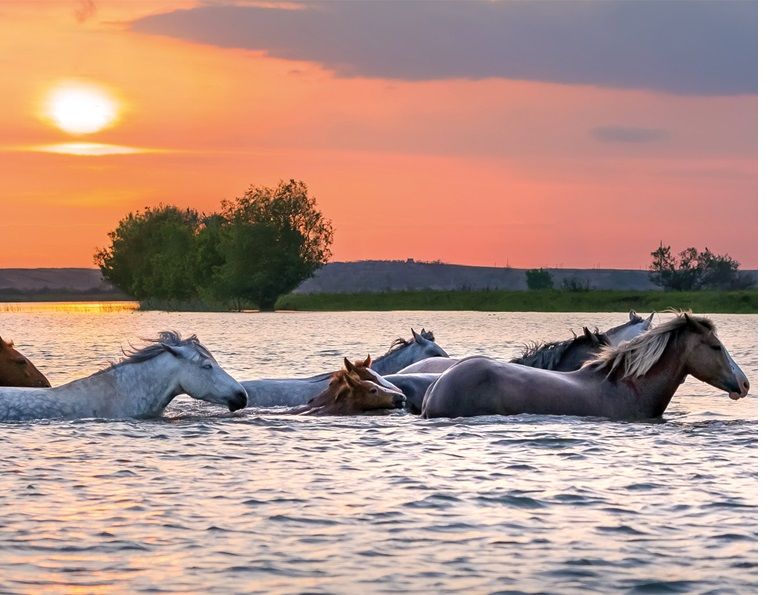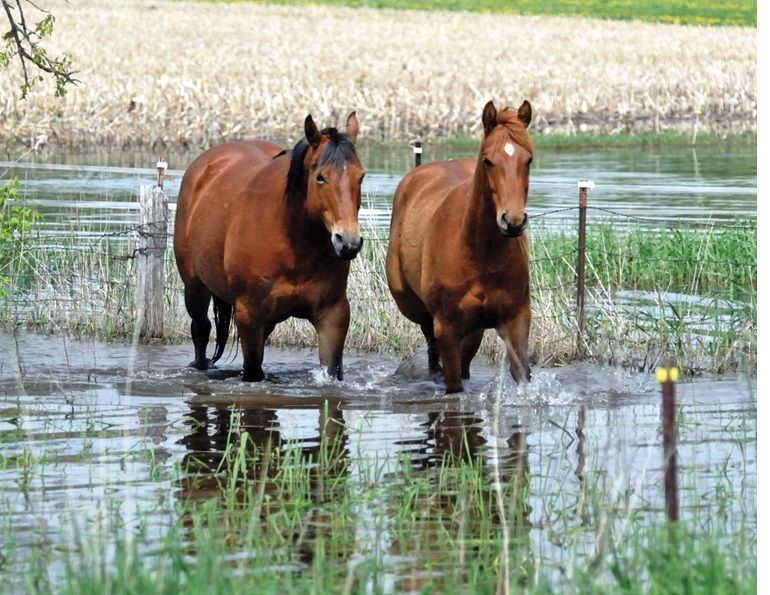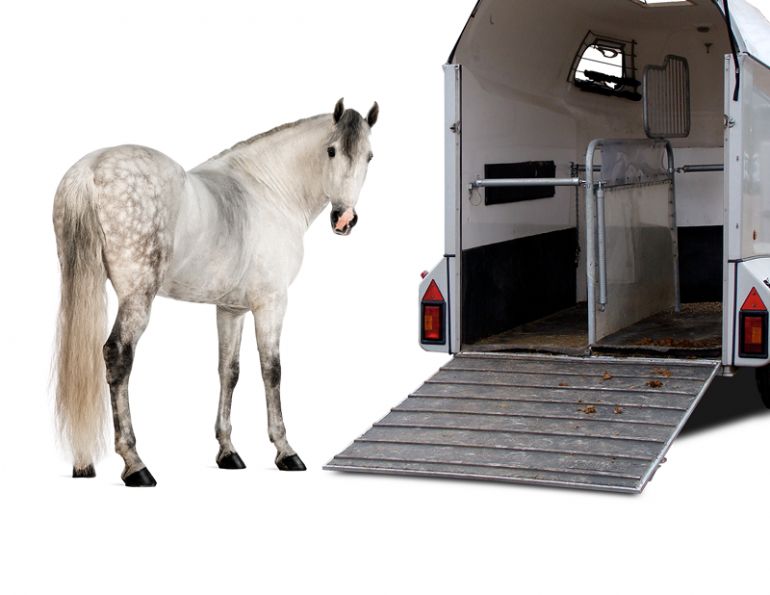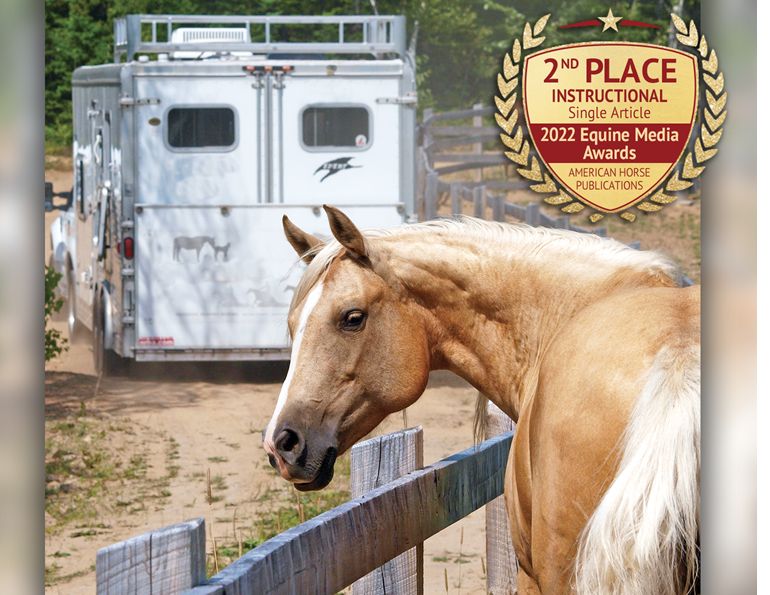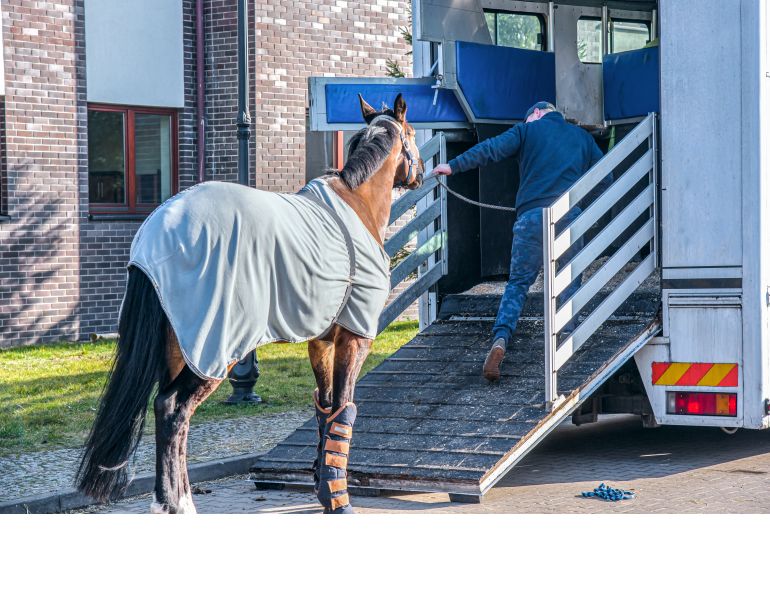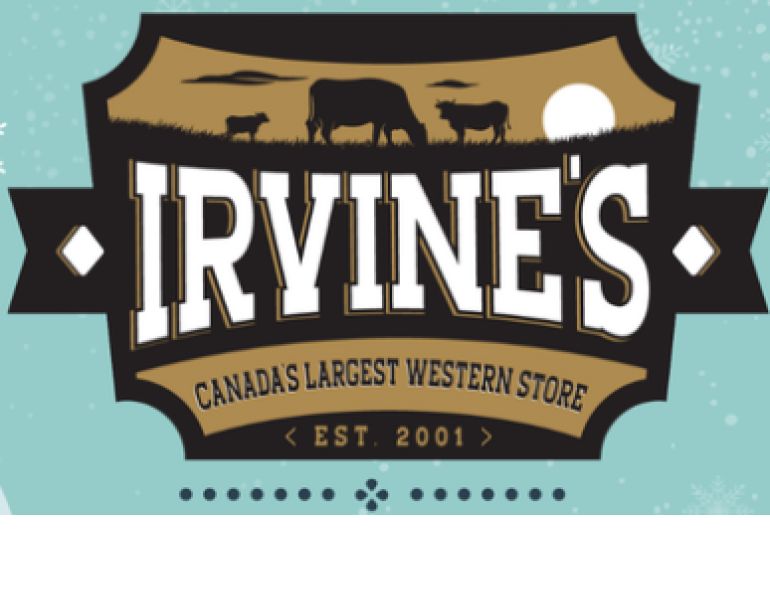By Kevan Garecki
I’d like to think that most of us prefer to make sound decisions on behalf of our horses and that we are vigilant to potential threats to their safety and comfort. However, one cannot always identify issues unless we are suitably informed.
To that end, I offer a peek behind the scenes of horse transportation and how you can use this knowledge in the best interests of your horse.
Experience is my principal consideration when shopping for any professional service. At the very least, their longevity is a good yardstick by which to measure the level of service they provide. Above all else, a carrier must first be a “horse person.” It’s one thing to be a good driver, but that is of little comfort if someone lacks the confidence and understanding to properly care for your horse.
This type of experience is not always easy to detect, but there are a few traits that typify a seasoned handler. The level of comfort around horses is usually a reliable indicator; if the driver is nervous, edgy, or irritable when handling the horse, chances are he may not be the right person for the job. Uncertainty is another giveaway to inexperience; with time comes confidence. Horses respond positively to confident authority, so when confronted with a hesitant or uncertain handler many horses will revert to becoming the “boss,” effectively eliminating any control the handler may hope to have. This is not only a dangerous situation for the handler, but exposes the horse to unnecessary risk as well.
It should be easier to gather good stories about a hauler than bad ones. Successful carriers provide prospective clients with solid references from knowledgeable individuals, reputable trainers, barns, breeders, etc. It takes time to reach the upper echelons of these branches of the horse industry, so the more prestigious the contacts, the longer it likely took to get there.
When shopping for a professional horse hauler, enquire as to their reputation in the industry. Successful haulers have an established track record and can provide solid references from reputable horse people. Photo: Robin Duncan Photography
The most common shortcoming of those lacking in experience in this business seems to lay in their choice of equipment. While some spend considerable sums of money, the equipment is often ill-prepared or inadequately outfitted for commercial service. Many will try to “make do” by improperly matching trucks to trailers, such as pulling a five horse trailer with a truck on single rear tires. Regardless of trailer weight, a five horse and up must be pulled by no less than a one-ton “dually” truck; anything less overloads the rear tires of the truck, compromising the horses’ safety.
These days video monitoring is a given, as is on-board water and feed storage, offering a variety of stall arrangements, and the ability to properly accommodate special-needs horses (such as stallions, ill/injured horses, those of exceptional value, mare and foal, etc.). Asking questions about arrangements such as these can give you some insight as to the breadth of the hauler’s experience.
I’m going to share something every established carrier already knows: angle-haul trailers were never designed for the horse’s comfort (they were made to cram more horses into a smaller space). Few allow for easy access to the horses at the front or in the middle, and the horses in the rear must often be unloaded to let others off or on during a trip, thereby elevating both their risk of injury and stress level. The “old pros” have known for generations that horses fare better facing forward or backwards, or best of all moving freely in a box stall. That is why reputable transport companies refrain from using angle-hauls for anything but short hops.
Next to initial purchase of equipment (and those insatiable fuel tanks!), maintenance is the highest cost of any transport company. If you have a chance to actually see the equipment, the mechanical state and cleanliness will tell you how conscientious they are about their rig. True professionals know that image and appearance are the best advertising they can buy.
Another measure of competence is the insurance coverage they carry. Cargo and liability policies are relatively easy to get, but the more reputable underwriters prefer to insure based on clean driving records, late-model equipment, and most importantly length of claim-free service. The better-known the insurer, the better the chances that hauler has “made the grade.”
Horses are happier facing straight forwards or backwards, or in a box stall when traveling. Photo: Pam MacKenzie Photography
The “good deal” or “fast response” may not always be what it seems. Those trying to gain a foothold will often reduce rates or make unusual concessions to get your business. If a rate sounds too good to be true, it probably is. The unaware or less scrupulous haulers try to reduce costs by using inferior equipment, scrimping on repairs and maintenance, or eliminating other crucial overhead costs — all of which serve to compromise your horse’s safety in the long run. Another tactic is to grab whatever horses they can in order to make a trip. In doing so, many will take horses far out of their way in an effort to connect disparate stops. Horses can spend several days on a trailer because they were picked up close to the beginning of a circuitous trip before arriving at their destination. When shopping around for a ride for your horse, ask specific questions about the hauler’s intended route and get an estimate of how long they expect to have your horse on board. That cheap ride may end up costing you more than you think if you’re faced with an ill or injured horse at the end of the trip. Remember, quality doesn’t cost, it pays.
Disputes are inevitable, and even the best hauler is going to have some “events.” Having a dispute is less important to me than how it’s handled. So if you discover an unhappy client, find out why, then ask how it was resolved (if at all).
Here are few things that would make me lose a hauler’s number really fast:
- Striking a horse
- Yelling, swearing, or otherwise losing one’s temper
- Reckless or incompetent driving
- Ill-kept equipment
- Obvious defects or poorly equipped rigs. For example, half-ton trucks pulling four horse trailers, poor or improper tires, or inadequate safety equipment (more common than you might think!)
And you thought picking someone to haul your horse was easy!
Main photo: Truck and trailer should be properly matched. A five horse or larger trailer must be towed by at least a one-ton truck with double rear tires. Pam MacKenzie Photography



